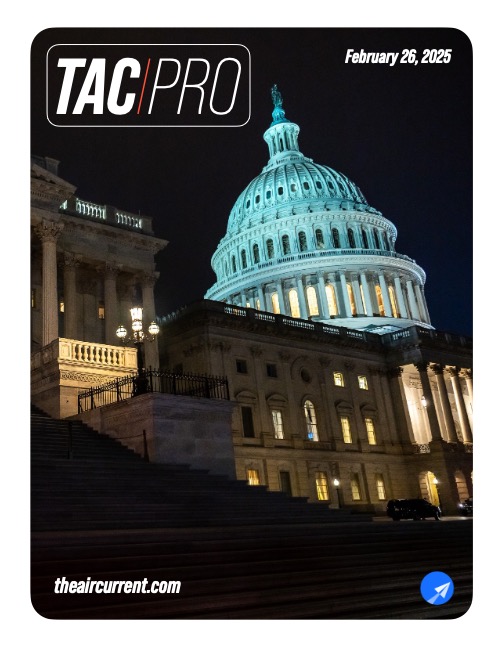Log-in here if you’re already a subscriber
A coalition of trade associations, labor unions and consumer groups from every corner of the aviation industry is looking to capitalize on concerns spurred by several tragic air disasters to push for budgetary reform at the Federal Aviation Administration. The group is rallying around a whitepaper that coins the effort as the National Airspace Safety Initiative (NASI) and is asking Congress to inject emergency funding into the FAA for air traffic control modernization initiatives and change the structure of the agency’s primary funding source to allow for more long-term infrastructure investments.
The FAA is often described as chronically underfunded, but the inconsistency in its funding has proved equally challenging to the agency as any shortfalls in its budget. Those funds, controlled by Congress, leave the FAA hampered by funding lapses, government shutdowns and chronic political games influenced by which party happens to control the executive and legislative branches of the federal government.
The NASI is building off eight months of growing political momentum. In June 2024, The Air Current was first to report that then-Administrator Mike Whitaker had signaled plans to place funding stability for the regulator at the top of his strategic communication priorities to Congress. While a good portion of the industry voiced support for that effort in a July 2024 letter, as well as in another in December, the coalitions then did not have the same momentum that they do now.
Related: A ‘roller coaster’: Inside the FAA’s quest for stable funding
Stabilizing the FAA’s funding will require the industry to wedge itself into a messy budget fight on Capitol Hill as Congressional Republicans attempt to pass President Donald Trump’s first term financial priorities by March 14, when the government runs out of money for its current fiscal year. Although that date could get pushed should Congress opt to punt the deadline with a continuing resolution of the current budget in lieu of a new deal to fund the government, either scenario presents a narrow opportunity for industry to make its case to appropriators who are often territorial over their own portfolios. “We have a small window to get this done,” an aviation industry official told TAC. “And if we don’t act soon, that window will close.”
Subscribe to continue reading...Subscribe to Continue Reading
Our award-winning aerospace reporting combines the highest standards of journalism with the level of technical detail and rigor expected by a sophisticated industry audience.
- Exclusive reporting and analysis on the strategy and technology of flying
- Full access to our archive of industry intelligence
- We respect your time; everything we publish earns your attention


